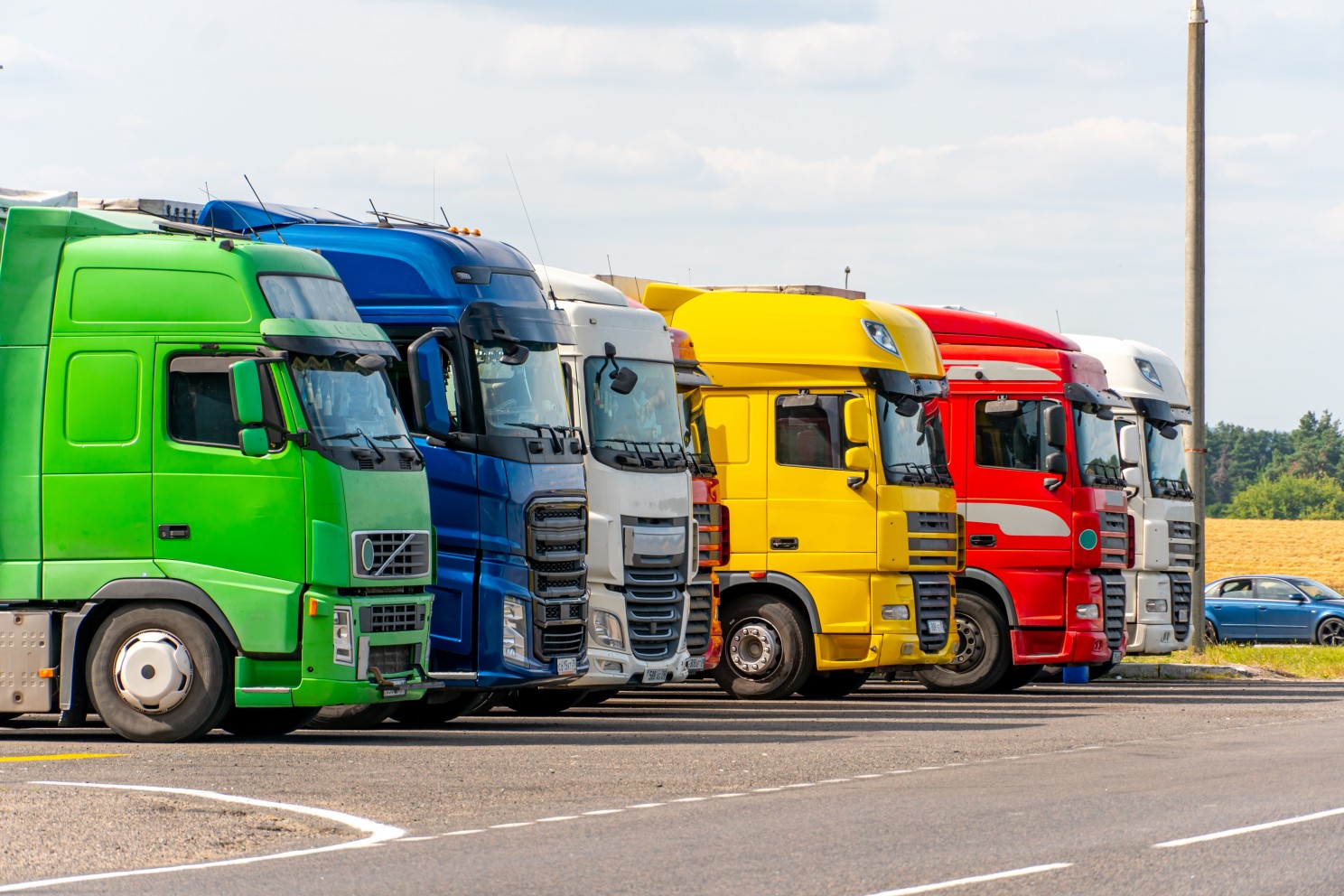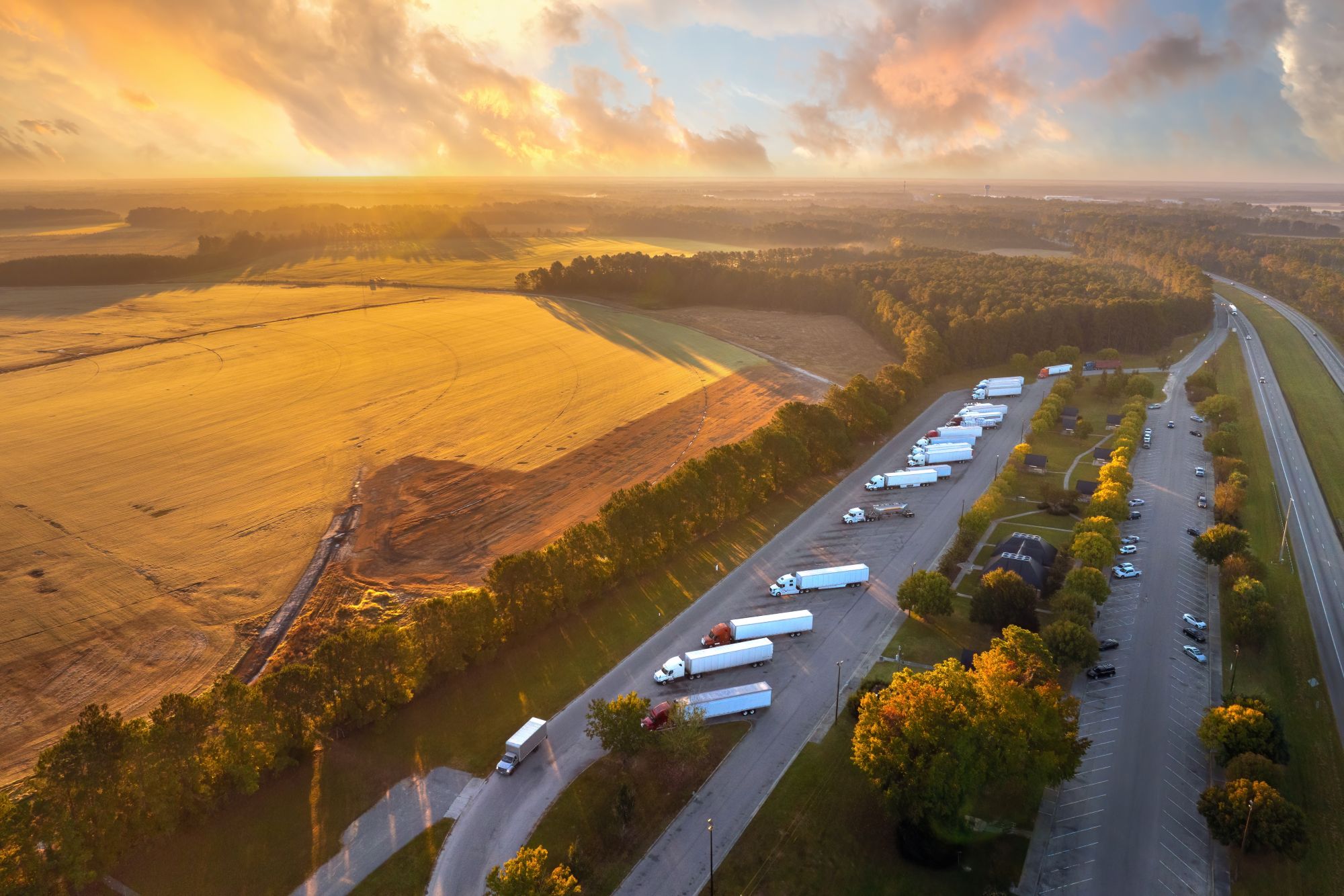
Susie Jones
Hogyan kezeljük a járművezetők sokszínűségét az iparágban
Létrehozva: 21. 08. 2024
•
Frissítve: 21. 08. 2024
Ha arra kérnénk, hogy jellemezzen egy teherautó-vezetőt, a válasza egy idősebb, fehér férfi sztereotip képét mutatná. Ez így pontos? A teherautó-iparban hagyományosan a férfiak dominálnak. Az évek során az iparág sokszínűbbé vált, és lehetőséget nyitott a nők, a különböző korú és hátterű emberek számára, hogy belépjenek a területre. A sokszínűség növekszik, de az olyan külső kihívások, mint a Brexit és a világjárvány ezt stunták.
Nők az iparban
Annak ellenére, hogy az Egyesült Királyságban akár 100 000 nehéz tehergépkocsi-vezető hiányzik, a tehergépkocsi-vezetők mindössze 1-3%-a nő. Miért nem jelentkezik tehát több nő az útra?
Biztonság: (https://www.businessinsider.com/female-truckers-describe-how-to-stay-safe-trucker-shortage-2022-2?r=US&IR=T) a női teherautósofőrök becslések szerint [60%-a] (https://www.businessinsider.com/female-truckers-describe-how-to-stay-safe-trucker-shortage-2022-2?r=US&IR=T) érezte magát már nem biztonságban a munkája során. Sokan kifejezték, hogy lámpa alatt parkolnak, megtervezik a megállásaikat, és paprikaspray-t hordanak maguknál.
Technika és felszerelés: Ergonómiailag a teherautókat férfiaknak építették. A múltban a nők a kezelőszervekért való nyúlást, az ülések beállítását és a munka fizikai aspektusait korlátozónak találták. A technológiai fejlődésnek köszönhetően azonban a fizikai megerőltetés nem jelent problémát. A legtöbb modern teherautó már szervokormánnyal és automata sebességváltóval rendelkezik, hogy megkönnyítse a dolgokat.
E kudarcok ellenére a nők hallatják hangjukat, és változást kényszerítenek ki az iparágban. Az olyan sofőrök, mint Jodi Smith felbecsülhetetlen értékű szószólói az iparágnak. Jodi online osztja meg kamionos tapasztalatait, és bizonyítja, hogy ez az iparág nem csak a férfiak világa.
"A teherautó-vezetés nem férfimunka - ezt a munkát egy teljes akrilkészlettel is el tudom végezni! Elég fizikai, de nem nehéz" - állítja Jodi, amikor [2021-ben beszélgettünk vele] (https://fleetpoint.org/driver-training-safety/driver-safety-2/are-women-the-future-of-trucking/). Hét év tapasztalattal a háta mögött Jodi továbbra is támogatja, hogy több nő csatlakozzon a kamionos társadalomhoz.
Ez az eredmény biztonságosabb utakhoz vezethet - Amerikai Közlekedéskutató Intézet adatai szerint a nők biztonságosabb kereskedelmi járművezetők. A férfi járművezetők 20%-kal nagyobb valószínűséggel szenvednek balesetet, mint női társaik.

Kor szerinti sokszínűség az iparágban
A Nemzeti Statisztikai Hivatal szerint a tehergépkocsi-vezetők átlagéletkora negyvennyolc év, és az Egyesült Királyságban a tehergépkocsi-vezetők 47%-a ötven év feletti, és hamarosan nyugdíjba kíván vonulni. Ezek a statisztikák a jelenlegi járművezetőhiány mellett arra utalnak, hogy az ágazatban szükség van fiatalabb járművezetőkre.
Ezt könnyebb mondani, mint megtenni; sok fiatal járművezetőnek a következő kihívásokkal kell szembenéznie:
Képzés: A kereskedelmi vezetői engedély megszerzése akár 2000 fontba is kerülhet.
Biztosítás: Bár az Egyesült Királyságban a tehergépkocsi-vezetés alsó korhatára 18 év, sokan küzdenek a biztosítás megszerzésével.
Tapasztalat: Egyes vállalatok tapasztalt járművezetőket akarnak alkalmazni, ami hátrányt jelenthet.
Feltételek: A kamionosok élete megterhelő lehet - a hosszú munkaidő és a szeretteiktől távol töltött idő visszatartó erő lehet. Az úton töltött életnek azonban számos előnye van, mint például a közösség, az utazás, a fizetés és a munkahely stabilitása.

A járművezetőket kereső vállalatok számára előnyös lehet fiatalabb teherautósofőrök alkalmazása. Ők nagyobb valószínűséggel alkalmazkodnak a folyamatosan változó iparághoz. Ráadásul gyorsan tanulnak, és örömmel fogadják a technológiai fejlesztéseket. A fiatalabb sofőrök számának növekedése az iparágban alacsonyabb fluktuációs arányt eredményez, ami csökkenti a vállalat költségeit. Ez azt is biztosítani fogja, hogy az ágazat megfeleljen az áruk és szolgáltatások iránti növekvő keresletnek.
Milyen hátulütői vannak azonban annak, ha Ön idősebb járművezető? Egyesek szerint a kor befolyásolja a fizikai és kognitív képességeket, ami kihat a biztonságos vezetésre való képességre. Ezek létfontosságúak a tehergépkocsi-vezetők számára, mivel hosszú munkaórákat, fizikai igénybevételt és stresszes helyzeteket kell megoldaniuk.
Az FMCSA foglalkozott ezekkel az aggályokkal. A rendeletek előírják, hogy az idősebb járművezetők gyakori orvosi vizsgálatokon és vezetési értékeléseken vegyenek részt. A közelmúltban jelentették, hogy egy [90 éves teherautó-vezető] (https://www.bbc.co.uk/news/uk-england-south-yorkshire-64223431) Sheffieldből még mindig kamionozott, miután tiszta egészségi bizonyítványt kapott. Sokan azzal érvelnek, hogy az idősebb járművezetők több évtizedes tapasztalatot és tudást hoznak magukkal - ami azt sugallja, hogy ha egészségesek, akkor nem lehet akadálya a foglalkoztatásnak.
Hogyan oldhatja meg a sokszínűség a jelenlegi járművezetőhiányt?
2022-ben a Veteránügyi Hivatal 100 000 fontot biztosított a Veterans into Logistics jótékonysági szervezetnek. A jótékonysági szervezet veteránoknak kínál lehetőséget arra, hogy tehergépkocsi-vezetővé váljanak. A finanszírozás lehetővé tette a jótékonysági szervezet számára, hogy jelentősen növelje éves képzéseit, növelje a személyzet létszámát és megháromszorozza a rendelkezésre álló képzéseket. Az XPO, az ASDA és a Muller Milk & Ingredients mind olyan vállalatok, amelyek aktívan alkalmaznak veteránokat közvetlenül a képzés után.
Ezen kívül az ASDA 40 000 fontot biztosított a továbbképzéshez. Az olyan jótékonysági szervezetek támogatása, mint a Veterans into Logistics, sokszínűbb kultúrát teremt a tehergépkocsi-vezetésen belül, miközben aktívan küzd a jelenlegi járművezetőhiány ellen.
Mit lehet tenni a sokszínűség növelése érdekében?
A sokszínű munkaerő nyitja meg a vállalatokat a különböző nézőpontok és tapasztalatok felé. Mit tehetnek a vállalatok a sokszínű munkaerő vonzása érdekében?
Fektessen be a képzésbe: Pozitív hatása lehet az olyan témákról szóló képzéseknek, mint az implicit előítéletesség, a munkahelyi befogadás, a diszkrimináció megelőzése és a sokszínű munkaerő támogatása.
Fektessen be egy inkluzív felvételi folyamatba: A jelöltek önéletrajzának anonimizálása csökkentheti a tudattalan előítéleteket.
A befogadó kultúra előmozdítása: Tájékoztassa a potenciális jelölteket arról, hogyan kezeli az aktuális sokszínűségi és befogadási problémákat.
Érje el az iparágban alulreprezentált csoportokat.
A tehergépkocsi-vezetés sokszínű kultúrájának előmozdítása és befogadása jelentős előnyökkel járhat az ágazat számára. Ez nem csak egy befogadóbb és barátságosabb munkakörnyezet megteremtéséhez járul hozzá, hanem segít a jelenlegi járművezetőhiány kezelésében is. A tehergépkocsi-vállalkozásoknak éppúgy felelősségük van a sokszínűség elfogadásában, mint a tehergépkocsi-vezetőknek.

Melyik országban van kereslet tehergépkocsi-vezetők iránt?
Egy 2022 decemberében közzétett jelentés szerint Európában 2020-ról 2021-re 42%-kal ugrott meg a járművezetőhiány. Az Egyesült Királyság végzett az élen, ahol a betöltetlen sofőrállások száma elérte a 100 000-et. Mexikó és Kína szintén magasan szerepelt a listán, Mexikóban 30%-kal, Kínában pedig elképesztő mértékben, 140%-kal nőtt a hiány.
Szükségünk lesz-e teherautósofőrökre a jövőben?
Az önvezető teherautók bevezetése miatt sokan azt sugallják, hogy a teherautó-vezetőknek nincs jövője. Ez azonban messze nem így van.
Az autonóm teherautókat fokozatosan fogják bevezetni a kijelölt régiókban. Annak a valószínűsége, hogy ez a legtöbb járművezetőt érintené, csekély.
Ha az autonóm teherautók világszerte bevezetésre kerülnének, akkor is szükség lenne járművezetőkre. A teherautó-vezetők iránti kereslet csak növekedni fog, mivel túl sok minden történhet, ha nincs sofőr a vezetőfülkében.
Milyen sztereotípiák élnek a tehergépkocsivezetőkkel szemben?
Tudjuk, hogy a tehergépkocsi-vezetők mennyire fontosak, de néhányak szemében még mindig negatív sztereotípiák kötődnek az iparághoz - ez a kép a média téves ábrázolásának és néha néhány tapasztalatlan sofőrnek tudható be. De mi is ez a sztereotip kép? És miért helytelen?
Túlsúly - Egyes kamionmegállókban egészségtelen gyorséttermi ételeket kínálnak, ami azt a benyomást keltheti, hogy a kamionsofőrök csak ezt fogyasztják. Ez azonban biztosan nem a norma. Az egészséges táplálkozás az úton kihívást jelenthet, de sokan ragaszkodnak a kiegyensúlyozott étrendhez és rendszeresen mozognak. Tekintse meg tippjeinket az [egészséges étkezéshez az úton] (https://www.linkedin.com/pulse/how-healthy-truck-driver-snap-account/?trackingId=g91E6xbfIMoJTora4dSipQ%3D%3D).
Rossz vezetők - Ez a sztereotípia nem is állhatna távolabb az igazságtól. A hivatásos teherautó-vezetők rendkívül komolyan veszik a biztonságot. Gyakran betartják a sebességkorlátozást, nehéz időjárási körülmények között különösen óvatosak, és bőven hagynak helyet maguk és a többi járművezető között.
Rosszmájú - Mindannyian dühöngünk az utakon, és ez alól a kamionosok sem kivételek. Azonban igazságtalan ezt a sztereotípiát kizárólag a kamionosokra hárítani.
Minden teherautósofőr férfi - A férfiak száma meghaladja a nőkét ebben az iparágban; a női teherautó-vezetők száma azonban emelkedik.



